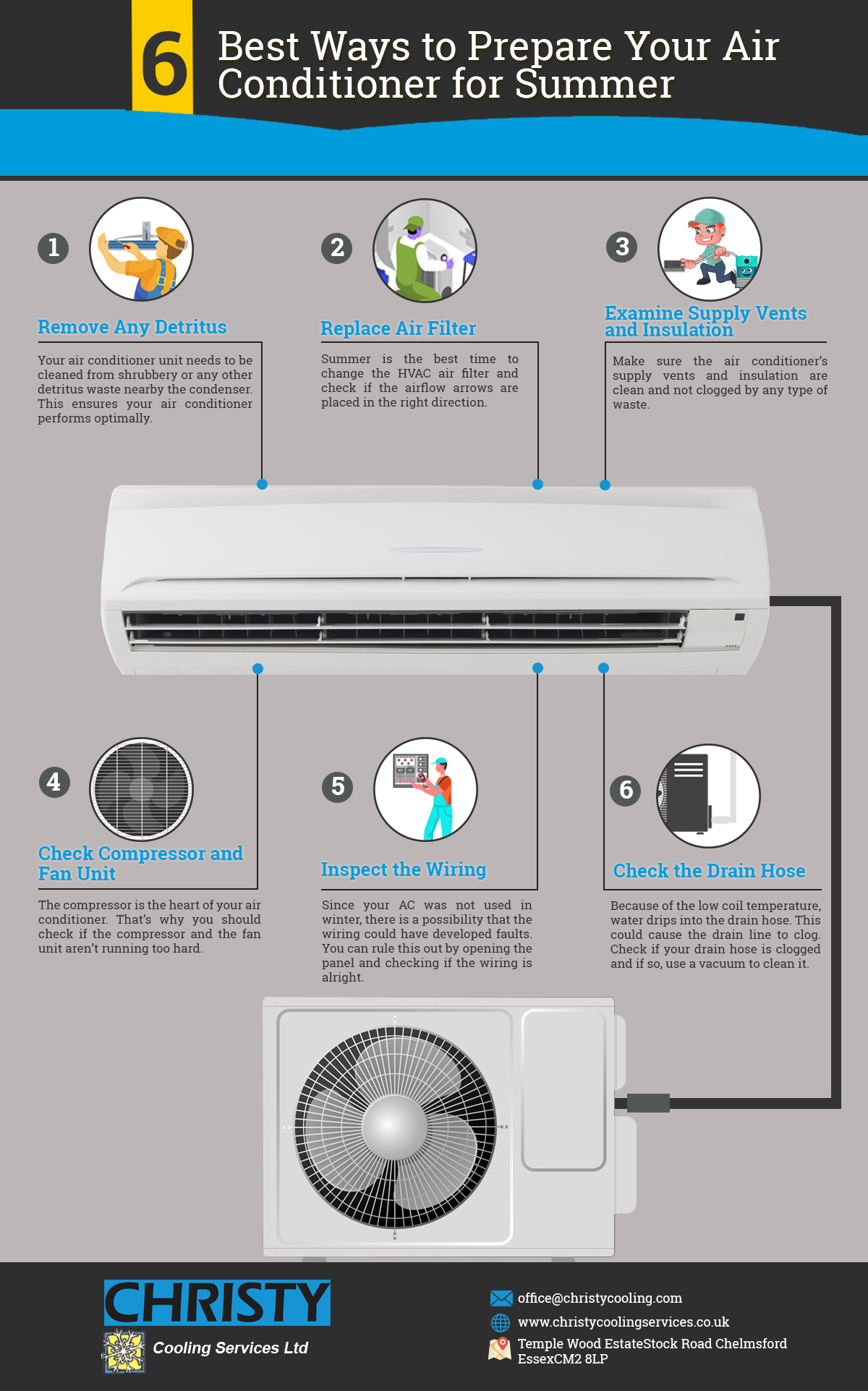The Ultimate Guide To Understanding Warmth Pumps - Exactly How Do They Work?
The Ultimate Guide To Understanding Warmth Pumps - Exactly How Do They Work?
Blog Article
Composed By-Steenberg Cates
The most effective heatpump can save you substantial amounts of cash on energy costs. They can likewise help in reducing greenhouse gas discharges, particularly if you make use of electricity in place of nonrenewable fuel sources like lp and heating oil or electric-resistance furnaces.
Heat pumps work quite the like ac system do. This makes them a viable alternative to conventional electrical home heater.
Exactly how They Work
Heatpump cool homes in the summer season and, with a little aid from power or gas, they provide a few of your home's home heating in the winter. They're an excellent option for people that want to decrease their use of nonrenewable fuel sources yet aren't all set to replace their existing heater and cooling system.
They rely on the physical truth that also in air that appears too cold, there's still energy existing: cozy air is always moving, and it intends to move into cooler, lower-pressure atmospheres like your home.
Many power celebrity licensed heatpump run at near their heating or cooling ability throughout a lot of the year, minimizing on/off biking and conserving energy. For the best performance, focus on systems with a high SEER and HSPF ranking.
The Compressor
The heart of the heat pump is the compressor, which is additionally referred to as an air compressor. Recommended Online site streaming tool uses possible energy from power production to boost the stress of a gas by lowering its volume. mouse click the following internet site is various from a pump because it only works on gases and can't work with fluids, as pumps do.
Climatic air goes into the compressor via an inlet shutoff. It travels around vane-mounted arms with self-adjusting length that split the interior of the compressor, creating multiple cavities of differing size. The rotor's spin forces these dental caries to move in and out of phase with each other, compressing the air.
The compressor pulls in the low-temperature, high-pressure cooling agent vapor from the evaporator and presses it into the warm, pressurized state of a gas. This process is repeated as needed to provide home heating or air conditioning as called for. The compressor also includes a desuperheater coil that recycles the waste warmth and includes superheat to the refrigerant, changing it from its fluid to vapor state.
The Evaporator
The evaporator in heatpump does the exact same thing as it does in refrigerators and ac unit, transforming liquid cooling agent right into a gaseous vapor that removes warm from the area. Heatpump systems would not function without this vital piece of equipment.
This part of the system is located inside your home or structure in an interior air trainer, which can be either a ducted or ductless system. It includes an evaporator coil and the compressor that compresses the low-pressure vapor from the evaporator to high pressure gas.
Heat pumps absorb ambient heat from the air, and then use power to move that warmth to a home or company in home heating setting. That makes them a whole lot a lot more power reliable than electrical heating systems or heating systems, and since they're making use of clean electrical power from the grid (and not melting fuel), they additionally create much fewer exhausts. That's why heat pumps are such fantastic ecological options. (As well as a significant reason that they're becoming so prominent.).
The Thermostat.
Heat pumps are great alternatives for homes in cool environments, and you can use them in combination with standard duct-based systems and even go ductless. They're a terrific alternative to nonrenewable fuel source heating unit or conventional electrical heaters, and they're much more sustainable than oil, gas or nuclear a/c equipment.
Your thermostat is one of the most important element of your heat pump system, and it functions really in different ways than a traditional thermostat. All mechanical thermostats (all non-electronic ones) work by using substances that transform dimension with boosting temperature, like curled bimetallic strips or the broadening wax in a vehicle radiator valve.
These strips include two different sorts of steel, and they're bolted with each other to form a bridge that finishes an electric circuit connected to your HVAC system. As the strip obtains warmer, one side of the bridge expands faster than the various other, which triggers it to bend and indicate that the heating system is required. When the heatpump remains in heating setting, the reversing valve turns around the flow of cooling agent, to make sure that the outdoors coil currently functions as an evaporator and the interior cyndrical tube ends up being a condenser.